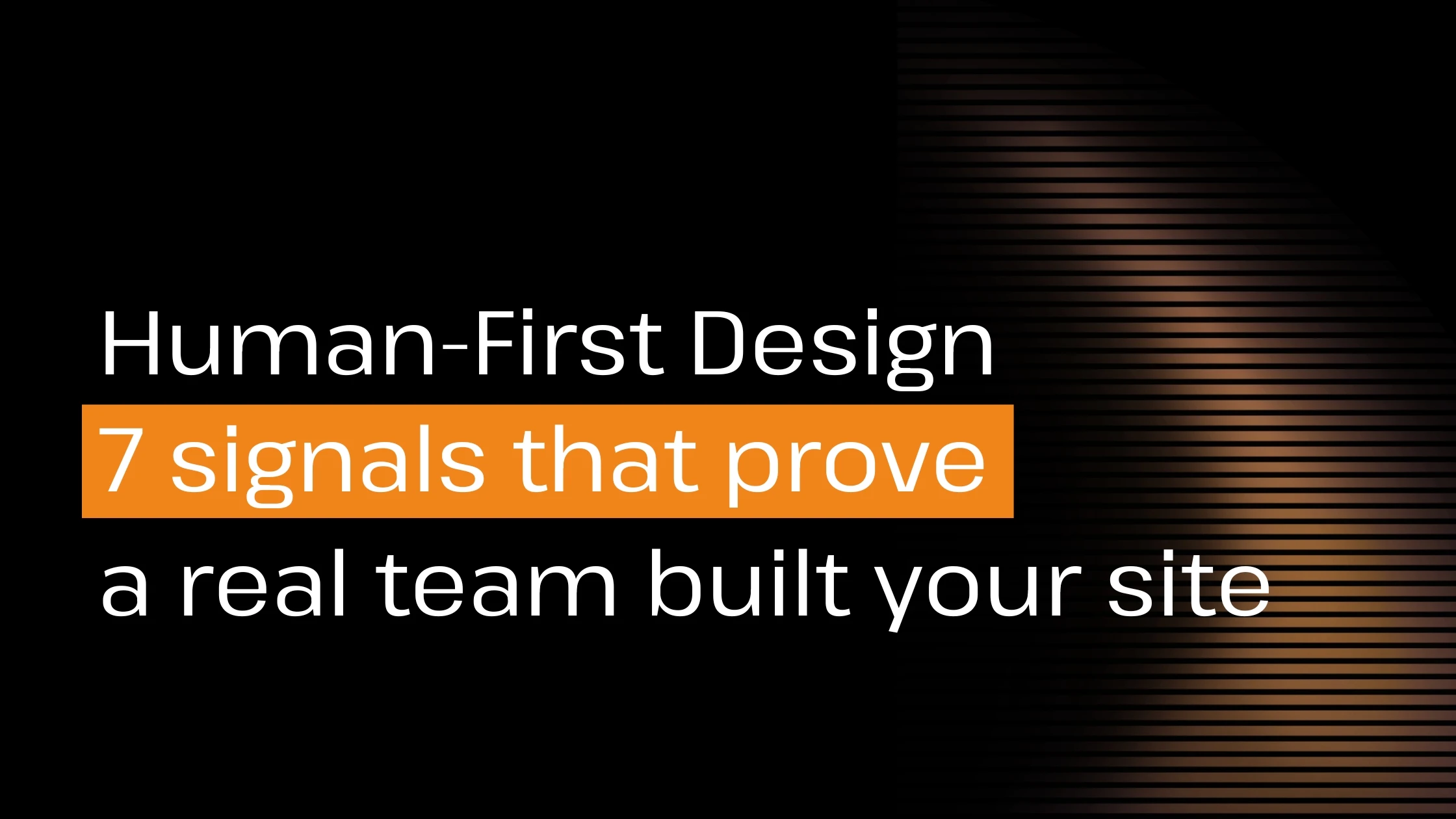Your website is more than an online portfolio, it's your most powerful tool for attracting the right clients. But simply having a website isn’t enough. To draw in your ideal clients your site needs to showcase your expertise, speak directly to their needs, and guide them toward working with you.
This guide will show you 10 tips for creating a website that doesn’t just display your work but actively helps you attract ideal clients with your website. Let’s dive into the practical steps you can take.
1. Speak Directly to Your Ideal Client
The first step in attracting ideal clients is knowing who they are. Your website should feel like it’s speaking directly to them.
- Identify their needs. What challenges do your clients face, and how does your service solve them? For example, instead of saying, "I create websites," you could say, "I design websites that help small businesses increase online sales."
- Use relatable language. Avoid overly technical terms. Write in a tone that resonates with your target audience, whether they’re startups, creatives, or corporate clients.
2. Showcase Results, Not Just Work
Your ideal clients don’t just want to see what you’ve done, they want to know how you can help them achieve their goals. Every project on your website should highlight the outcomes you delivered.
- Focus on measurable results. Did your design increase a client’s conversions or bring more traffic to their site? Share those stats.
- Tell a story. For each project, explain the problem, your solution, and the results. For example: “The client needed a website to attract local customers. I designed a mobile-friendly site, resulting in a 35% increase in inquiries within three months.”
3. Design with Simplicity and Usability in Mind
A visually stunning website is great, but it should also be easy to navigate. Your ideal clients should find the information they need quickly and without frustration.
- Clear navigation. Use simple menu labels like “Portfolio,” “Services,” and “Contact.” Avoid overwhelming your audience with too many options.
- Mobile-friendly design. Many potential clients will view your site on their phones, so ensure it looks and works well on all screen sizes.
- Call-to-action buttons. Guide visitors toward taking action with clear CTAs, such as “See My Work” or “Get in Touch.”
4. Build Trust with Testimonials
To attract ideal clients with your website, you need to show that others trust you and value your work. Client testimonials are a great way to build credibility.
- Highlight specific results. Use testimonials where clients share the benefits of working with you, such as improved sales or better user engagement.
- Place them strategically. Add testimonials to your homepage, portfolio pages, and contact page to reinforce trust at key moments.
5. Focus Your Portfolio on the Right Projects
Your portfolio is the heart of your website, but it should focus on the type of work you want to do more of. This ensures you attract the right clients who align with your expertise.
- Curate carefully. Showcase only your best projects that reflect the style or industry you’re targeting.
- Explain your process. Ideal clients want to know how you work. Briefly outline your approach to give them confidence in your methods.
6. Personalize Your About Page
Your “About” page is a chance to connect with clients on a personal level. Ideal clients often choose to work with someone they trust and relate to, so use this page to show who you are.
- Focus on your value. Share your mission, experience, and what makes your services unique.
- Add a personal touch. Mention your background or hobbies to make you more approachable, but keep it relevant to your work.
7. Make It Easy to Contact You
Once you’ve impressed your ideal clients with your website, make it effortless for them to reach out. Complicated or confusing contact methods could make them hesitate.
- Simplify your forms. Ask only for essential details, like their name, email, and project description.
- Offer multiple options. Include an email address, phone number, or social media links so clients can choose their preferred way to connect.
- Add CTAs on every page. Don’t rely on visitors to navigate to your contact page, encourage them to reach out wherever they are on your site.
8. Keep Your Website Updated
An outdated website can drive potential clients away. Regular updates signal that you’re active, relevant, and invested in your business.
- Refresh your portfolio. Remove old projects and replace them with new work that aligns with your goals.
- Check for broken links. A seamless browsing experience shows professionalism.
- Add new content. If you have a blog, write posts about your industry or share tips to position yourself as an expert.
9. Optimize for SEO
To attract ideal clients with your website, you need to make it easy for them to find you online. SEO (Search Engine Optimization) is key to improving your visibility in search results.
- Target specific keywords. Use phrases like “attract ideal clients with website” in your headings, meta descriptions, and image alt text.
- Write descriptive titles. Ensure your pages and portfolio pieces have titles that clearly explain their content.
- Improve site speed. Optimize images and eliminate unnecessary plugins to make your site faster, as slow load times hurt SEO.
10. Add Personality to Stand Out
Your ideal clients aren’t just looking for someone with skills, they’re looking for someone they’ll enjoy working with. Let your personality shine through your website.
- Use authentic visuals. Include a professional photo or even a short video introducing yourself.
- Write in your voice. Avoid overly formal or generic text. Be yourself, but keep it professional.
Final Thoughts
Your website has the power to be more than display your work, it can actively help you attract ideal clients. By focusing on their needs, showcasing your results, and creating a enjoyable user experience, you’ll build a site that draws the right people in. Remember, your website isn’t just a portfolio, it’s your business’s front door. Make sure it invites your ideal clients to step inside.



